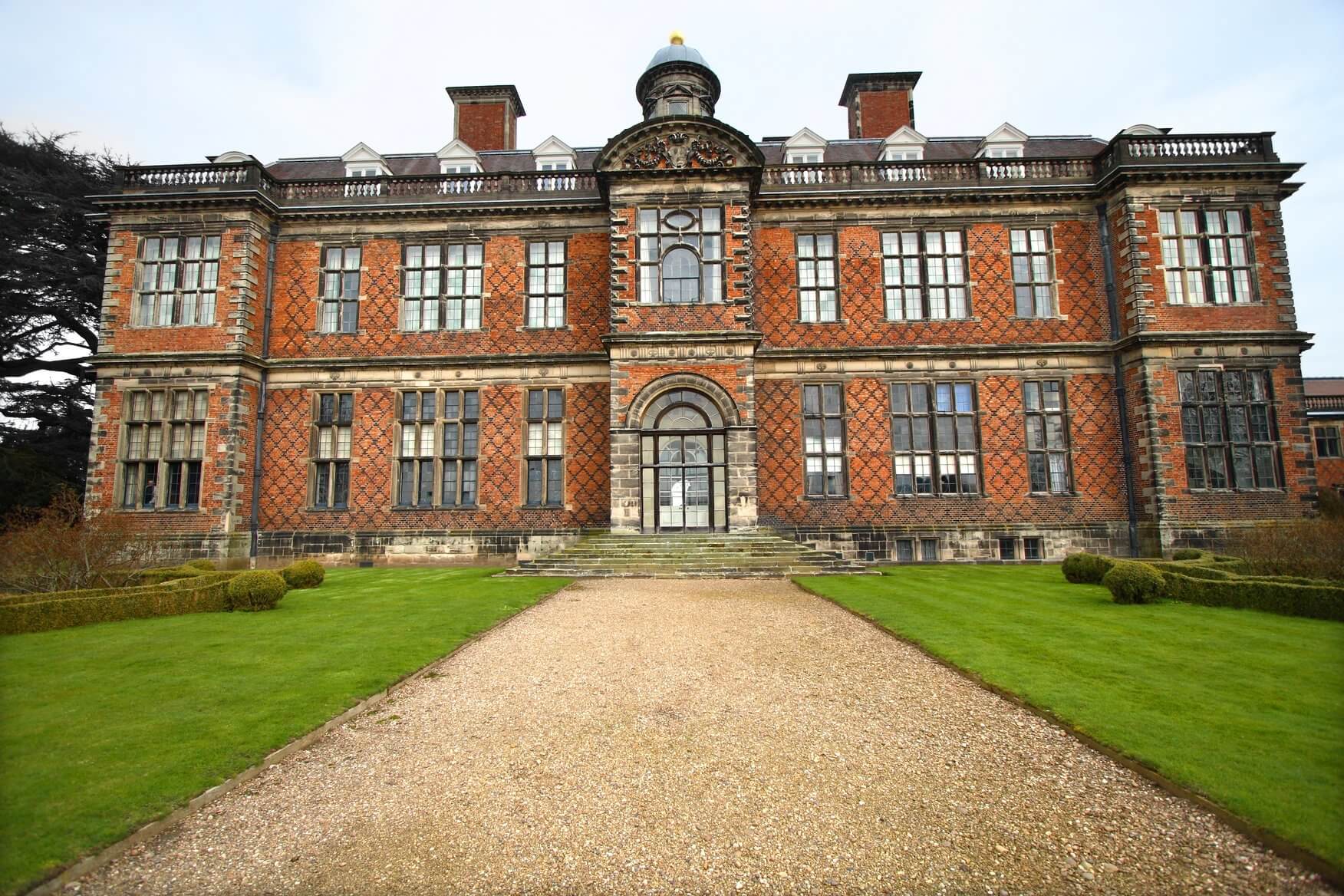A testamentary trust is an estate planning device that comes into existence after death by being created under the terms of a will.
Testamentary trusts have historically been preferred by people with complex asset holdings. In recent years – as their benefits have become more widely appreciated – the use of trusts by families has sharply escalated.
 Here are some examples of trust structures and the circumstances in which they are most commonly employed. You can see for yourself the advantages a trust can provide.
Here are some examples of trust structures and the circumstances in which they are most commonly employed. You can see for yourself the advantages a trust can provide.
Discretionary Trusts
A Discretionary Trust can also be established inter vivos i.e. before death by Deed. In either case they are used for asset protection and income streaming purposes.
There is no one size fits all for a discretionary trust but they always – at a minimum – invest a trustee with powers and discretions to distribute income and capital among beneficiaries. There are numerous other features and options that must be considered and documented according to the circumstances of the particular family.
Life Interest
The right to receive income from a particular asset or the right to reside in a residence in favour of a “life tenant”during their lifetime is known as a “life interest”. The grant may – among other things – allow the life tenant the right to the residence he or she is permitted to occupy be sold and another in a different locality, be acquired to replace it.
Right to Reside
A “right to reside” in a home can be given to a spouse or other family member to allow them to continue to reside in a residence for a particular period following your death (or the occurrence of a specified event) rather than for their lifetime. Once the interest ends, the residuary beneficiaries may deal with the property in such manner as they see fit.
As with a “life interest”, who must pay expenses such as rates, insurance, utilities, maintenance etc – i.e. the occupier or the estate – must be specified in the will.
Protective Trust
Protective Trusts can be created inter vivos or by a will to protect the interests of a vulnerable beneficiary, for example a person who is subject to high business risk. In those circumstances the person might be entitled to a trust asset at e.g. age 30 yrs, “but not if they are bankrupt or insolvent”. Such trust is designed to prevent a benefit intended for a beneficiary falling into the hands of creditors. This type of Protective Trust is really a species of Discretionary Trust.
Another species of Protective Trust can be used to provide how the special needs of a family member will be met into the future.
Special Disability Trust
The Australian Government allows tax benefits when a trust is established for a person who has a special disability. The relevant tax law mandates – to qualify for the tax concessions – the use of particular terminology in the Trust Deed.
These are special disability trusts and the mandatory terms require benefits to be solely directed to the disabled beneficiary during their lifetime, and for prescribed purposes including accommodation and their care.
Specific Purpose Trust
A testator can set aside funds in a trust to be used for specific purposes, such as education or charity. Particular beneficiaries or a class of beneficiaries can be specified or in the absence of any specification, the trustee decides what distributions are made to meet the specific purpose, and terms can be set as to how the trustee makes such distributions including who can receive them.
Superannuation Proceeds Trust
So that tax benefits of superannuation are maximised, a will can direct that superannuation received by an estate are held in a trust so that only benefits people who are entitled to tax concessions – being either a spouse or dependent children – can receive them.
Estate Proceeds Trust
If your will is prepared so as to allow it, a beneficiary may elect to receive their benefit by way of a trust rather than receiving it personally. This can be useful where the beneficiary seeks to insulate the benefit from adverse (e.g. creditor or estranged partner) claims or minimise income they would otherwise generate in circumstances where the will does not address such contingencies.




